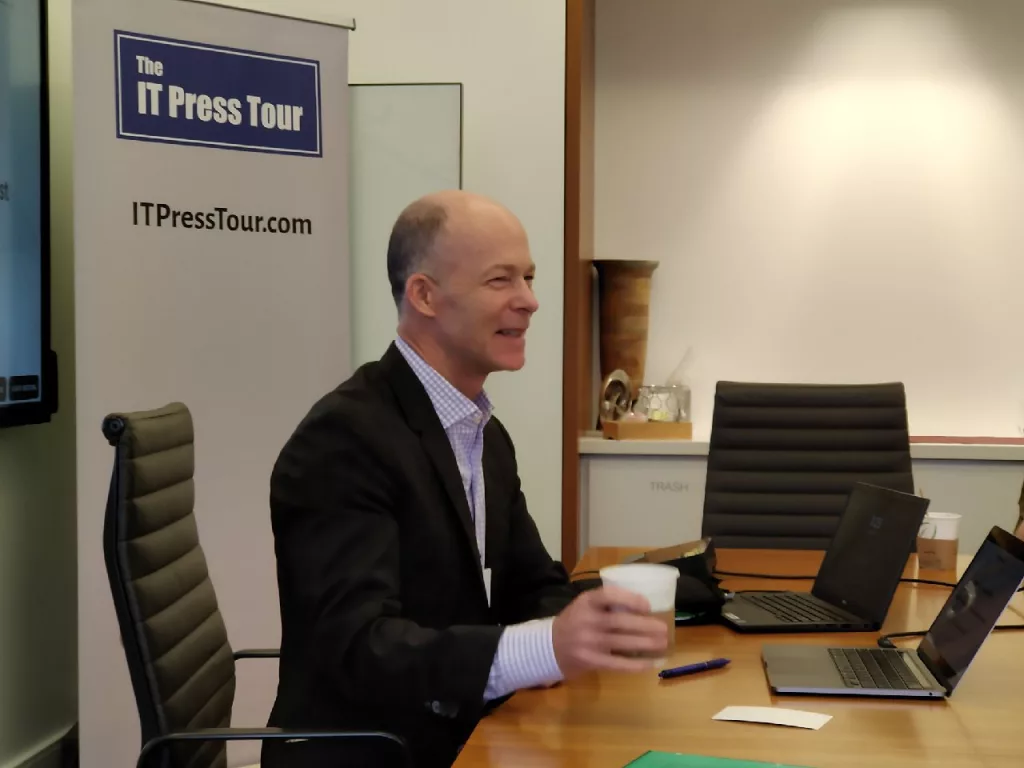There have been suggestions since the end of the pandemic that companies are taking data workloads out of the cloud and looking for edge and on-premise solutions to cut their costs. Business technology journalist, Antony Savvas looks at the possibility of a telco opportunity and maybe some price woes to come for the big cloud service providers.
Pandemic
As the pandemic commenced and got worse, organisations threw IT resources at the problem to help online businesses flourish and allow their staff to continue to work remotely. But as the pandemic ended, companies scaled down IT spending and looked to cut their overall costs as a patchy global recession ensued. This has led to major technology companies, including the main cloud service providers, cutting tens of thousands of jobs, including at Amazon, Microsoft, and Google.

Cloud service prices however have not been cut, and organisations that went “cloud first”, before and during the pandemic, are facing much bigger bills than they have budgeted for. Cloud providers have not only passed on much bigger incremental price rises in a previously buoyant market, but also the higher operational costs experienced by organisations everywhere, including higher wages, property costs, and, of course, energy costs.
And for cloud service providers, the crippling energy costs that are hitting their hyperscale data centres, locks them into a spiralling cost environment. That said, before the recession, and during it, they have, and are still seeing eye-watering revenue streams, generating many billions of dollars every quarter.
Cost-checking

As a result, companies moving into the cloud cost observability platform space are increasing in number.
Sysdig is a key player in the management of customers’ data containers and Kubernetes clusters, both on-prem and in a multi-cloud environment.
With cloud costs increasing rapidly, the operation of Kubernetes clusters is much more expensive. Sysdig CEO, Suresh Vasudevan says: “If customers just lift and shift their applications into the cloud without much planning they won’t get the right flexibility and performance they are looking for, and costs will be high too.”
The company recently unveiled its Cost Advisor tool that helps customers choose the right cloud services at the right cost.
With the Software-as-a-Service (SaaS) and cloud services market burgeoning, organisations are drowning in a sea of multiple bills, struggling to understand who ordered what service and who is using it.

Finout came out of stealth last year to help companies improve their FinOps (financial operations).
The vendor’s technology allows customers to combine all invoices across various cloud providers, such as Amazon Web Services, Datadog, Snowflake and Google Cloud Platform, into one centralised “MegaBill”, helping them understand what they are spending and why.
The MegaBill can assign any cost to its rightful place using the supplier’s Virtual and Weighted tags feature. And using standard connectors from the likes of Datadog, Prometheus or CloudWatch, Finout breaks down the cost of resources, such as Kubernetes pods or Amazon S3 folders.
Finout’s Costguard feature will also spot cloud waste, alert on spend anomalies and deliver right-sizing recommendations.
Also, Amberflo is a start-up operating in the billing and metering space. Its software can be used by telcos and other service providers to make sure cloud bills are easier to understand and accurate.
Reducing use

Matched with these companies are ones helping to reduce cloud use too. Versity is a software-defined storage company with a strong alliance with Dell Technologies. Its systems are commonly sold through the Dell partner channel, although it’s a non-exclusive agreement and its software is sold with hardware from other suppliers as well.
VanillaPlus met Versity on last week’s IT Press Tour of Colorado and Silicon Valley. Bruce Gilpin, CEO of the firm, says: “We manage very large data collections where the cost per GB (Gigabyte) is critical, and we start from 10PB (petabytes) and work up from there, we are talking US Department of Defense and US National Library, for instance.”
The company now has a total of 2 exabytes of customer data under its management, and there is a 50/50 business split between the US and the rest of the world.
Gilpin confirms rising cloud costs are increasingly a big factor for customers. “Firms are realising the economies of the cloud, with cloud use often not cheap. As a result, more data is now being stored on-premise first, or it’s coming back from the cloud. ‘Cloud first’ is no longer an option for many.”
New alliances

The company now has a new alliance with cloud data management vendor Rubrik to store Amazon S3 Glacier data (“cold” non-operational data that isn’t used day-to-day) on-premise. Versity provides the interface to Rubrik to allow it to store customer data on on-premise tape, instead of paying Amazon to store it in the cloud.
Spectra Logic is known for its software and hardware systems used for disk and tape-based storage, and it continues to be a feature at the back-end of the cloud world. The company has made sure of this by “following Amazon”, it says.
Not all data is “hot”, as it doesn’t need to be available to end users at companies within milliseconds. Much of it is “warm” or “cold” data, as previously mentioned, and it can be stored in lower-end servers or on traditional tape machines that can deliver the data in a much slower but efficient way.
Spectra Logic says it is increasingly seeing its partners generate new business in this arena using its Black Pearl S3 and On Prem-Glacier systems. On the IT Press Tour, the company cited one example at a US energy firm combining actual S3 hot data access in the cloud with access to cold data stored on-premise.
As far as the employees were concerned, everything they were looking at through the Sprectra Logic Amazon cloud interface, both hot and cold data, was in the Amazon cloud, when it wasn’t.
Other big data data vendors are also being brought into this sphere. Arcitecta has some high-profile clients in education and also works with “security sensitive” government agencies.
The company helps customers with its own specially developed tools, including its XODB database and S3 protocols, for instance, along with its Mediaflux big data management system. It is a partner of both Versity and Spectra Logic on some projects.

With the cost of cloud use going up rapidly, expect other players to enter this market.
Telcos are set to win big as part of the move too, as they control the telco edge that goes around the firms moving out of the cloud. Cloud companies are already making deals with telcos when it comes to cloud-to-edge connectivity to reach end-customers.
Whether cloud service prices eventually come down or stay the same, telcos should make sure their cut does not decrease, as they are operating from a position of strength.
The author is Antony Savvas, a global freelance business technology journalist.
Comment on this article below or via Twitter: @VanillaPlus OR @jcvplus






